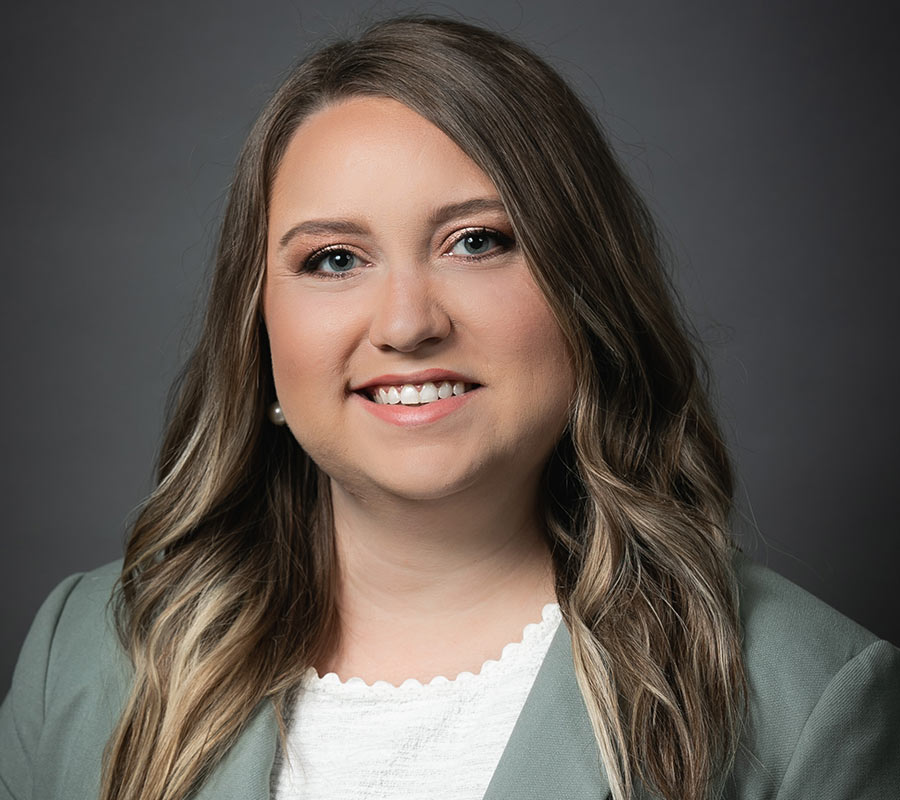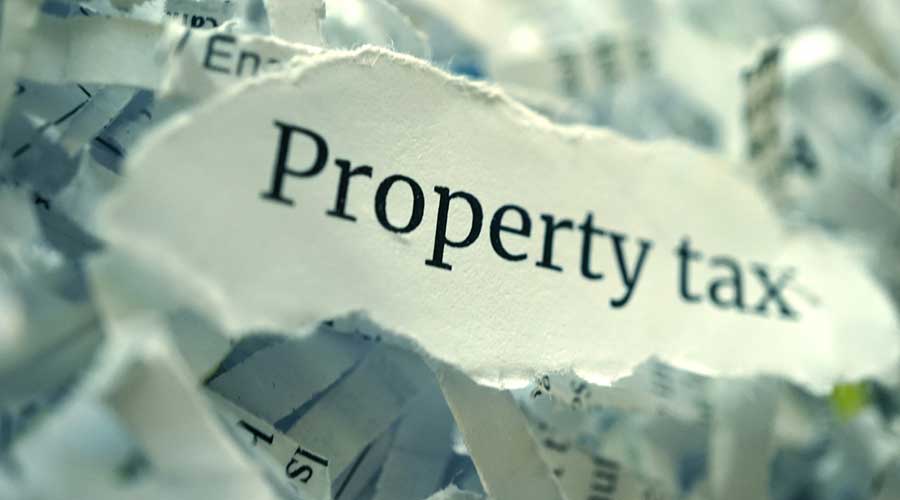As clients “play out” the path of their litigation, they may plan on delaying the consequences of a possible loss at trial court for a year or two by “appealing all the way to the Supreme Court.” Comfortable that they can postpone payment of any possible judgment 24 to 36 months into the future, they continue with the path of defending a suit, they have figured out — before we ever speak about it.
“Stay” typically requires a supersedeas bond; otherwise judgment collections may proceed
However, it’s not that simple. As a fairly firm proposition of law, there is no “stay of execution” pending the outcome of an appeal unless and until the party against whom judgment is obtained has posed a supersedeas bond in the full amount of the “cumulative total for all claims covered by the final order.” R.C. §2505.09.
… an appeal does not operate as a stay of execution until a stay of execution has been obtained pursuant to the Rules of Appellate Procedure or in another applicable manner, and a supersedeas bond is executed by the appellant to the appellee, with sufficient sureties and in a sum that is not less than, if applicable, the cumulative total for all claims covered by the final order, judgment, or decree and interest involved, except that the bond shall not exceed fifty million dollars excluding interest and costs, as directed by the court that rendered the final order, judgment, or decree that is sought to be superseded or by the court to which the appeal is taken.
In other words, after a party to a case obtains a monetary judgment against another party (typically, but not always, a plaintiff obtains a judgment against a defendant), absent a “stay” issued by the Court, the party holding the judgment may pursue collections against the party against whom judgment has been rendered while the appeal is being briefed, argued and decided. This means that the prevailing party may pursue foreclosure against real property, garnishment of bank accounts, attachment of wages and other collections actions, notwithstanding the slow process of a pending appeal that the opposing party believes will reverse the trial court judgment.
How a supersedeas bond is obtained
The bond can be issued by a private surety, such as an insurance company. But the insurance company wants to take zero risk in the issuance of that bond, so they will do so only upon posting of proper security such as cash, accounts containing stocks and bonds, or real estate with sufficient equity. And the outcome of this is that the eventual bankruptcy of the losing party, hiding of assets, dissipation of assets, death of the losing party, and other intervening events will not impair the collectability of the judgment by the prevailing party.
Posting of real estate as security
Another avenue to a “stay” order is the conveyance of property of adequate value with the Clerk of Courts, R.C. § 2505.11. And, under 2505.12, exempt from the bond-posting provisions are (i) fiduciaries who already have posted bonds, with surety in accordance with law, (ii) the state of Ohio and its political subdivisions, and (iii) public officers of the state and its political subdivisions who were sued only in their official capacity.
How it really plays out
How does this, then, typically play out? First, I find that losing defendants don’t just want to “write a check” to pay the judgment. Rather, they ignore it until collections actions are taken. Second, I have found that losing parties willfully ignore the plain language of Revised Code §2505.09 and ask for a bond amount less than the “cumulative total for all claims covered by the final order.” This request, in our experience, is routinely denied.
Then, there are circumstances in which the losing party simply can’t pay the judgment amount and therefore also can’t post a bond in that amount. In that circumstance, the losing defendant has the option to declare bankruptcy. In other circumstances, the losing party has no identifiable assets, but he must honestly submit to a judgment debtor examination and tell the prevailing party’s attorney the location of his assets. It is a bad idea — one we routinely reject — for a losing party to transfer assets to avoid collections upon loss in litigation. What this means, for example, is moving around assets for the purpose of avoiding the prevailing party from collecting is as bad of an idea as it is appealing.
So, when Gibson Bakery sued Oberlin College for defamation and obtained a $25 million judgment, the Judged ordered a stay of execution pending appeal only upon the posting of a $36 million bond. Last week, a $1.8 billion judgment was rendered against the National Association of Realtors and two other defendants. Because the matter litigated is under the Sherman Antitrust Act, the damages are to be tripled, likely bringing the judgment amount to $5.4 billion. One of the Defendants is a Berkshire-Hathaway company, which certainly has the cash sitting around for that, but will they post that for just one of their subsidiaries and to pay the freight for all of the defendants? For most parties, including the other two defendants, they simply would not have the assets available to them to post a supersedeas bond of that magnitude.
As litigants want to be on the “offense” in collections, as the defense — against a diligent prevailing party — is no fun and there are few places to turn to avoid “paying up.”
Conclusion
In your business affairs as well as your litigation, be prepared to accept the accept the consequences of your decisions. In litigation, those consequences can be both unexpected and expensive. If your plan is to postpone collections until appeals are exhausted, that may mean posting a bond for the value of the judgment.











